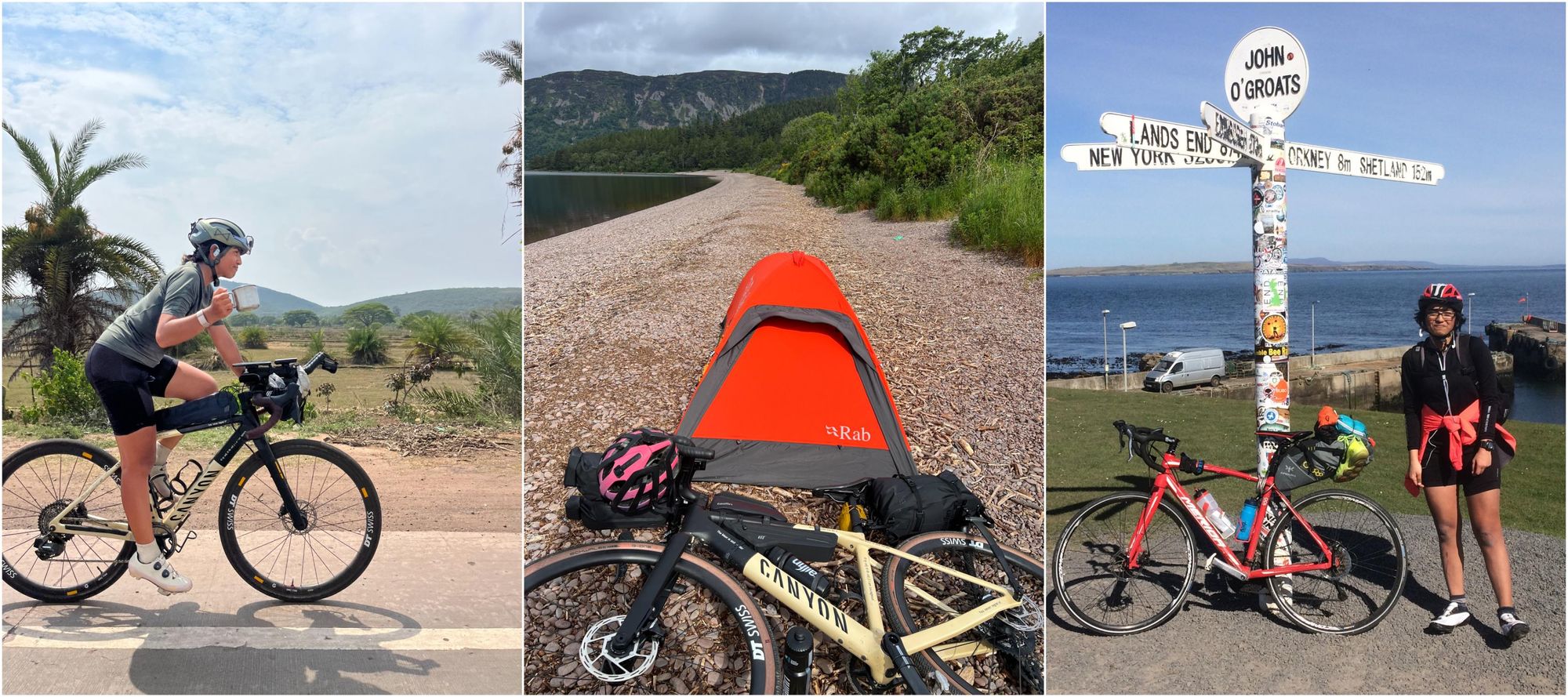I have just returned from a bicycle ride around the world, and can confirm that there is nothing better than exploring our planet on two wheels. It brings a smile to my face when I think about the amount of places your bike can take you. In perfect conditions, you can feel like the luckiest person on the planet. When the weather isn't so welcoming, you find out what you’re made of - and feel the utmost pride of doing something challenging under your own steam.
There is nothing better than exploring our planet on two wheels. It brings a smile to my face...
On your bicycle, you see the world from a whole new dimension. You move faster than on foot, yet significantly slower than if you were riding a motorbike or speeding by the scenery in a car. You are more exposed than you’d be in an air-conditioned vehicle. You cannot hide from nature. In fact, you're at mercy of it.
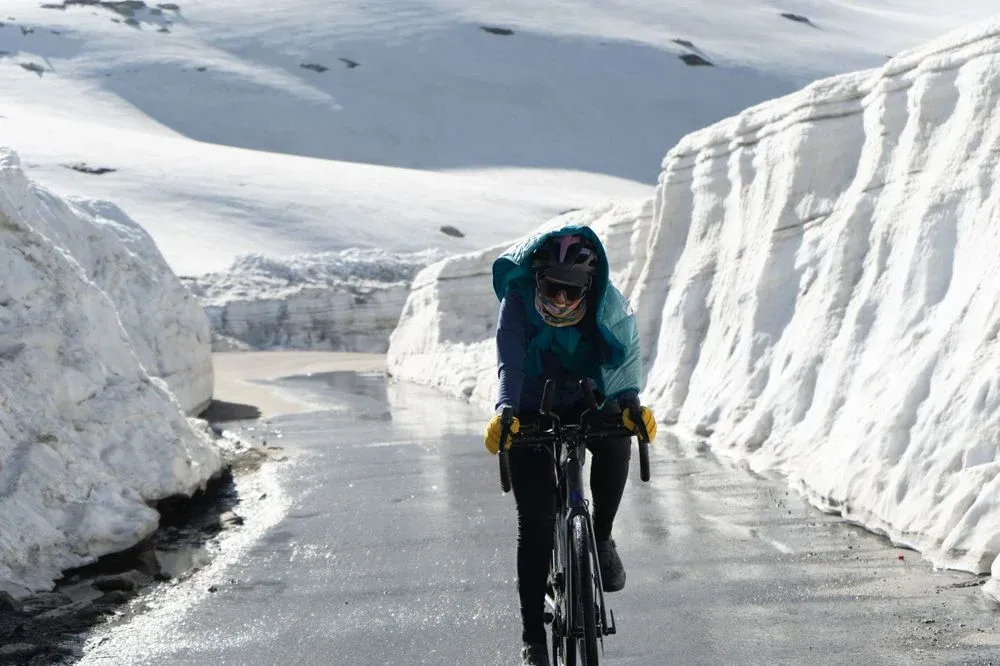
One of my happiest moments on a bicycle involved cycling across Nullarbor in Australia, staring at the turquoise ocean to my right, seeing hazy white cliffs ahead and the smooth grey road that I was following. To my left, there were short, green shrubs as far as my eyes could see. I had an incredible tailwind. The light made the colours pop. The road was clear of vehicles at the time. I felt like I was the only human on earth. It was beautiful. A few weeks later, I was climbing a snowy mountain pass in New Zealand - a landscape which was entirely different. I couldn’t believe my eyes. This is what cycling adventures feel like.
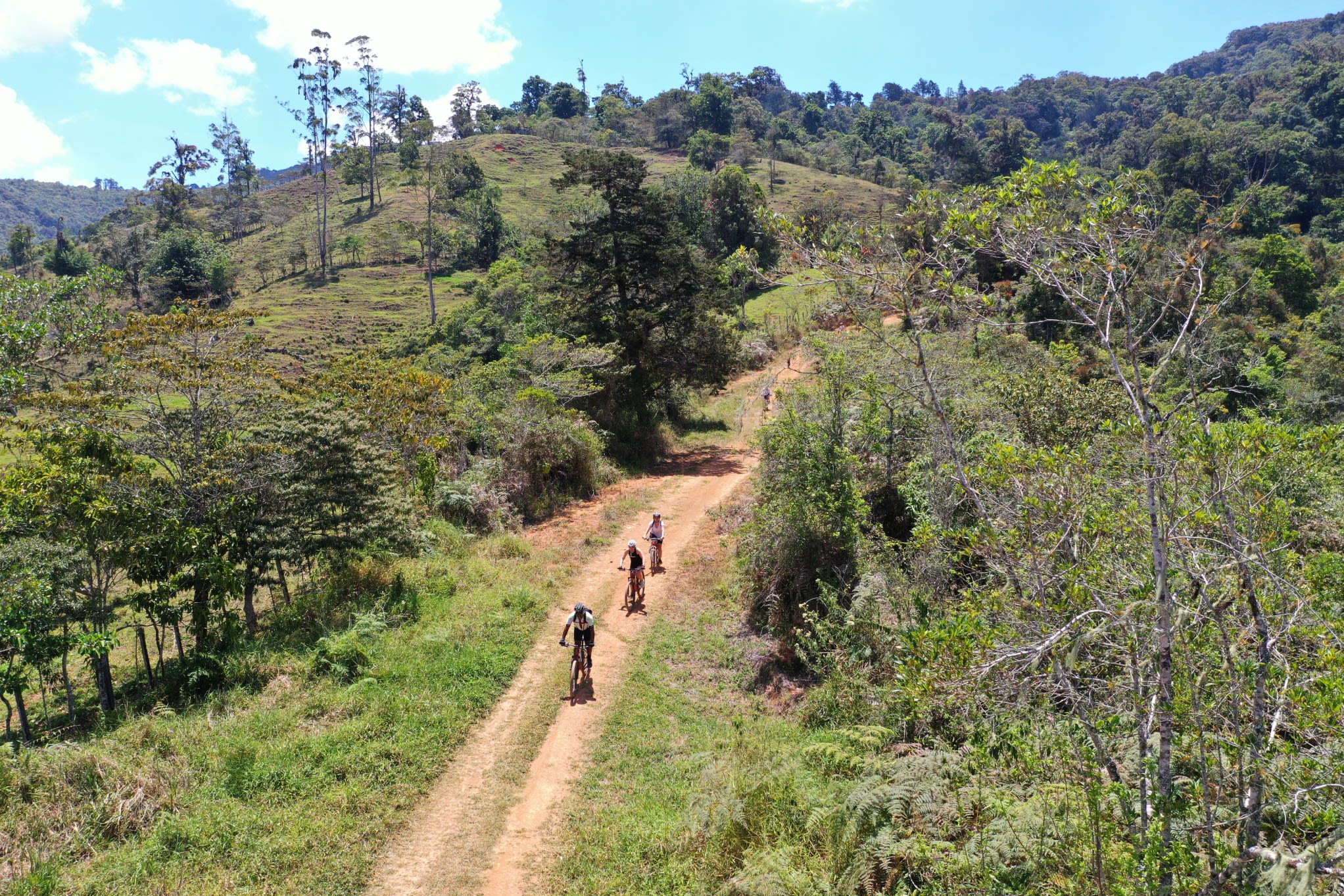
If you’re about to embark on your first ever multi-day cycling trip, whether it is solo or with a group of friends, you will have the time of your life. I can promise you that it won’t be the last time you seek out a multi-day cycling adventure.
If you're looking for some inspiration or guidance? Here are some helpful tips on gear choices, route selection and dealing with uncomfortable situations.
The Gear
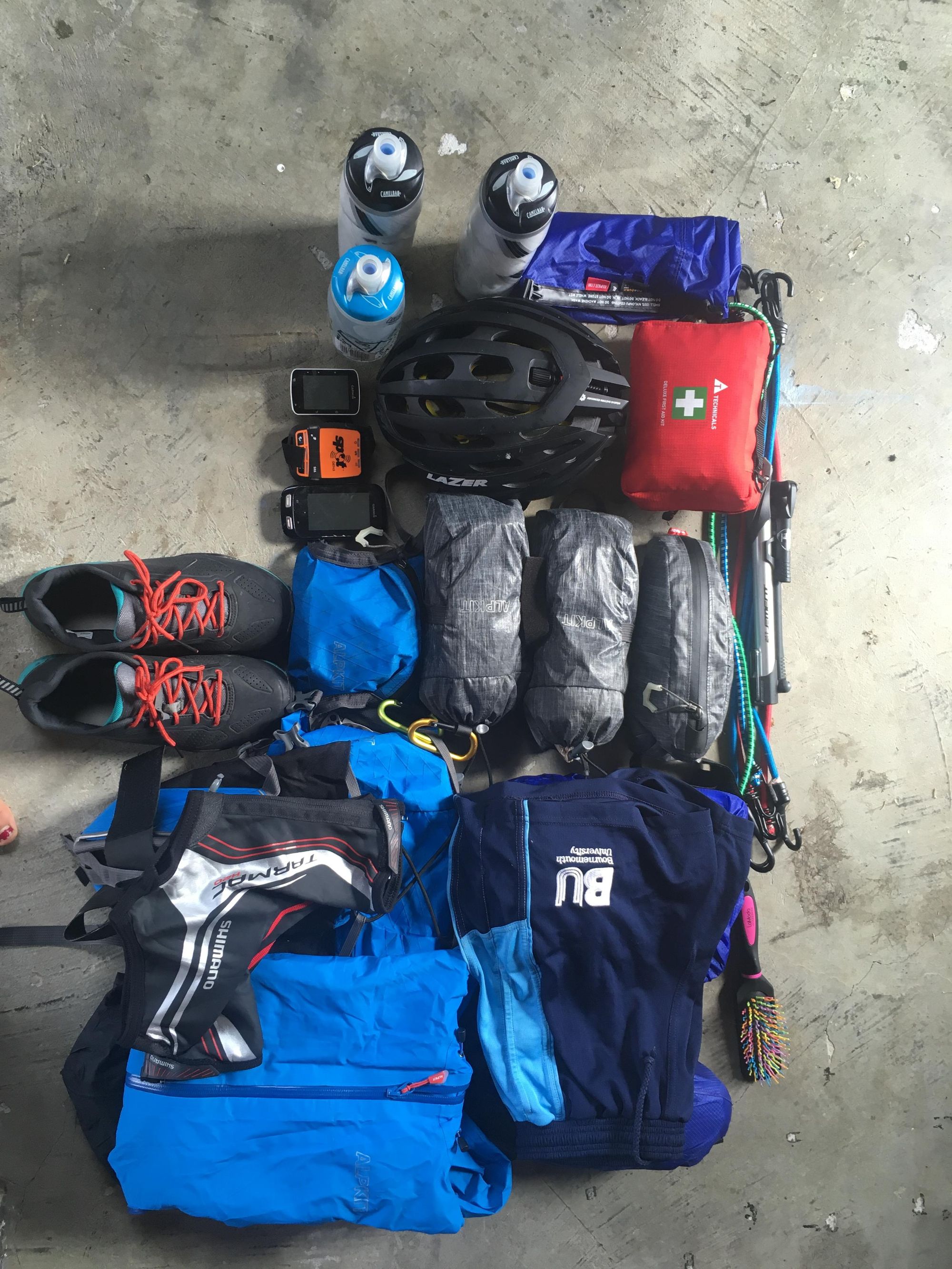
Your bicycle
If you're booking a group trip, it's likely your bike will be provided. If it's not, or you're cycling solo, then you've got some decisions to make.
Based on the terrain of your planned ride, your options will usually be to choose between a road bike, gravel bike or mountain bike. When I first started, I had access to a cheap hybrid that I later put drop bars on to convert it into an adventure machine. The fact remains that the best bike for your upcoming adventure is the one you already have. Remember that your bike is merely a tool to get you places. As long as you can ride it comfortably, you’re good to go. That being said, as someone who has certainly taken the conventionally wrong bike to wrong places, here’s a bit of a guideline for you to go on:
The fact remains that the best bike for your upcoming adventure is the one you already have.
Road bikes: Great for when you’re meant to be on a smooth road for most of your ride. The gear ratio is on the harder side as a result. If you’re looking for speed and efficiency, then this one’s for you.
Gravel bikes: Unsure of what you might get yourself into? I truly believe that that’s what gravel bikes were designed for. By design, a gravel bike has a more relaxed design and allows for the space to accommodate wider tyres making it more comfortable to ride. Most gravel bikes also have extra mounting points to put up pannier racks and mudguards.
Mountain bikes: If you’re looking for the perfect bike for any off-road mission, whether it’s a hike-a-bike up a munro and shredding it downhill or a hut to hut mountain range crossing. A mountain bike can open up access to practically any terrain out there.
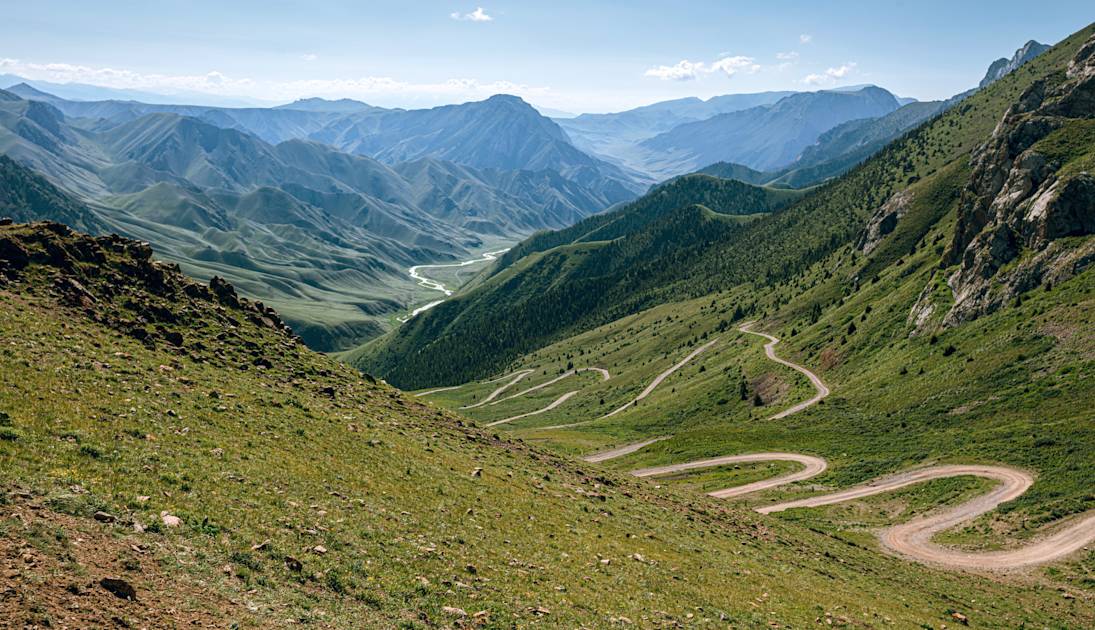
Clothing
Ideally, on a multi-day bikepacking trip, you want to aim for comfort. This means carrying clothes that are not only appropriate for the weather conditions but ones that you can move around comfortably in.
Any group cycling trip you're looking at will have a kit list to consult, but if you’re heading out for a multi-day ride in a cold country, you’ll probably need to carry:
- a couple of pairs of cycling shorts
- a short sleeve and a long sleeve top
- a base layer
- a pair of leggings
- a lightweight fleece jacket
- a good quality waterproof jacket and trousers
- waterproof socks
- a down jacket
- a buff
- gloves
- underwear
- and anything lightweight that you fancy carrying for off-bike use.
- If you happen to be someone who struggles to keep their hands warm, consider carrying liner gloves as well as a spare set of gloves.
When choosing your off-bike clothes, ask yourself the following things:
- Does this have more than one use? (for example, convertible trousers instead of carrying trousers and shorts separately)
- Does this have pockets?
- Does this dry easily?
- Does this pack up small?
- Can I ride a bike in this if need be?
- Can I use this as an extra layer if I get cold?
In a warm-ish country, the only things I’ll change in terms of packing is carrying something that’s quick-drying and loose-fitting. I’ll also carry lightweight waterproofs instead of heavy duty ones. Perhaps, I’ll leave the down jacket out of the kit list and take a wind-proof vest instead. I also consider using a different bra for hotter countries. I love the Velocio Luxe Sports Bra.
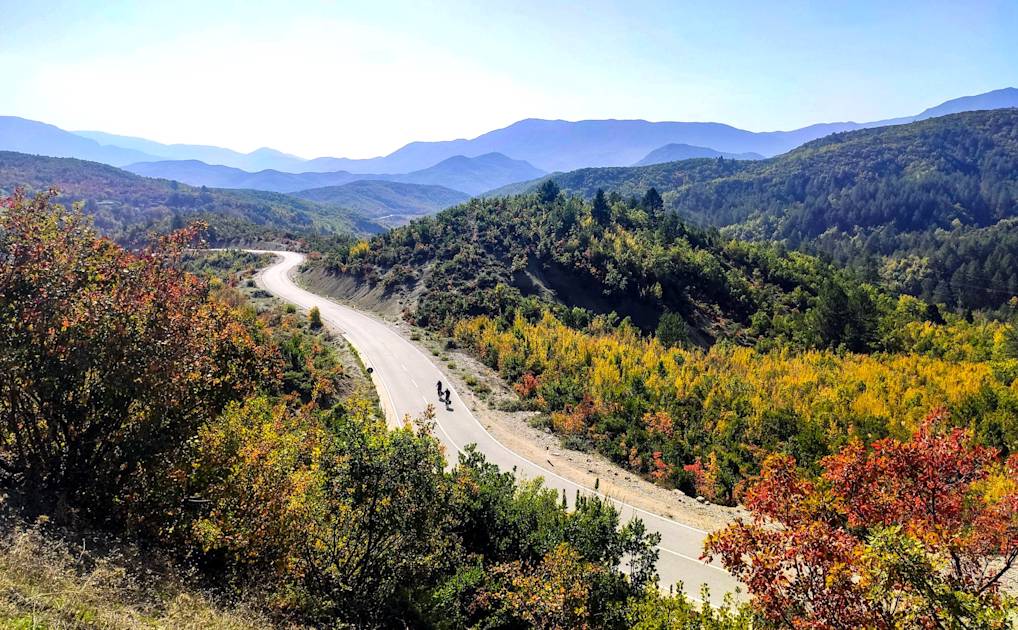
If you get your period while on your trip, there are a few ways to deal with it.
Personally, I don’t use a menstrual cup but that’s certainly a good idea if you already use one during any sport. Another alternative to a menstrual cup is using tampons. Less messy and significantly quicker to sort out. Of course, it is important to make sure that you’re changing them often enough. Make sure you have an assigned dry bag specifically for disposing sanitary waste until there is a suitable bin available.
If not, you can also free-bleed. If you do go with that, it is advisable to clean your shorts every single night and make sure they fully dry before next use. I carry a period-hygiene dry bag with me including wet wipes, dry napkins, Dettol/Savlon and Boroline (or any soothing cream). I wouldn’t recommend using sanitary napkins as you’ll get a rash from hell (trust me with this). Either way, test your period-handling technique before you head out in the wild.
Bags
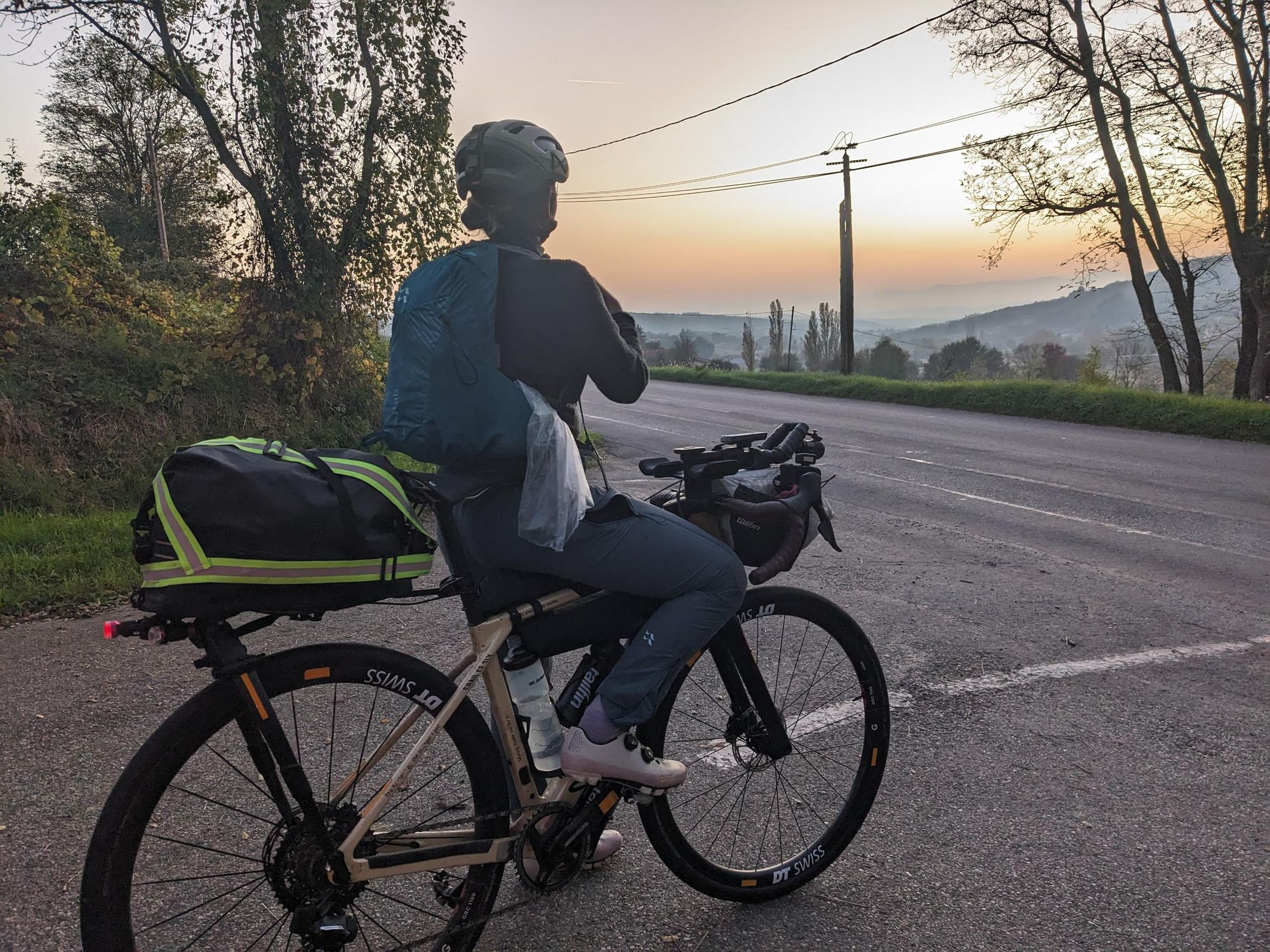
Another benefit of joining a group cycling adventure is that your host will be able to transport a lot of your luggage from A to B, so you can cycle light.
If you're carrying all - or some - of your gear, though, it's good to think about how you'll do that. There are several ways to pack gear on your bike. You can use a pannier rack or go for a more efficient bikepacking setup. Several brands make good-quality bikepacking bags that are sturdy and waterproof. Personally, I use Tailfin. On a bike with a small or extra small frame, I find it useful to have a trunk bag popped on a quick release rack rather than a seatpost bag.
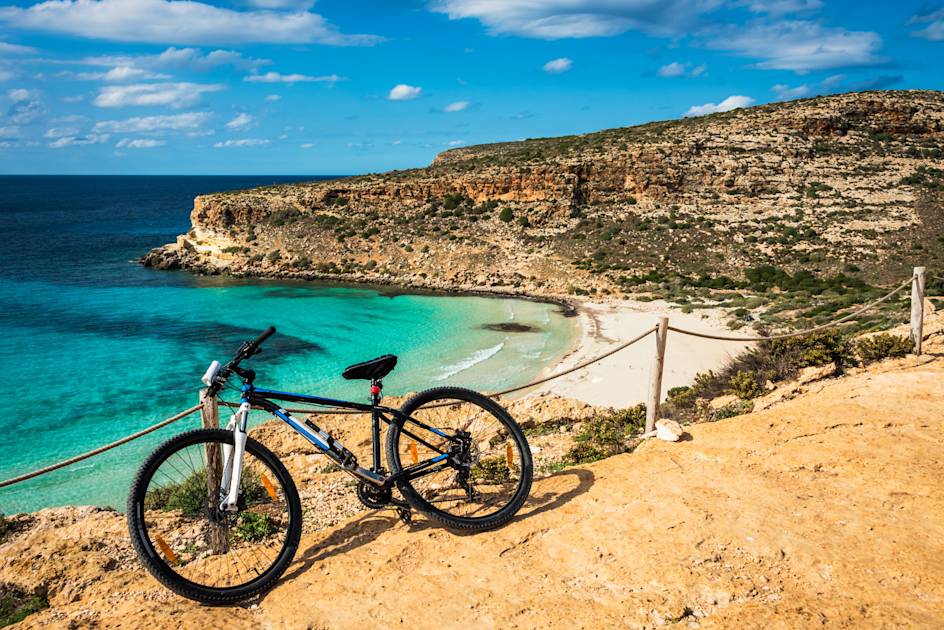
Ideally, you want to distribute your gear evenly by putting your camping gear in the handlebar pack, tools and electronics in the frame bag and clothes in the rear bag. If you’re in an area where you might need to carry more water with you, you can use a hydration vest along with the water bottles that you already have on your bike.
Make sure you test your full setup with all the gear before you head out on the actual ride. There’s a good chance that you’ll overpack to start with, but that’s okay, you can fix it after the trial ride. Your test ride should ideally include at least one hill and a rough off-road section to make sure nothing is wiggly or loose.
Tools
If you're on a group multi-day cycle - and have thus got a guide - then they'll have the tools and knowhow to help you out with any mechanical problems.
If you're going solo, whether you do or do not know how to fix your own bike at the time of leaving for your trip, you will give yourself the best chance of working your way out of any situation if you have the right tools.
One thing’s for sure though - you should never find out how any of your gear works for the first time while you're on your trip.
For basic bike repairs, you can carry a puncture repair kit (different for tubeless, if that’s what you’re using), a bike multi-tool with chain breaker, tyre levers, a bike pump (and a smaller spare pump), spare tubes, reusable zip ties, black tape, and super glue. Consider carrying spare brake pads and a spare derailleur hanger. I like to use the Topeak Ratchet Rocket Lite DX+ as my main bike multi-tool. The tyre levers in that are flimsy, though, so it’s worth carrying a different, sturdier, set of those. I always carry a Victorinox and a Leatherman on longer distance multi-day trips.
I recommend carrying a basic first aid kit with you, along with an emergency blanket.
Camping Gear
Depending on the expected weather forecast, you can choose between a tent or a bivvy. Personally, I am a big fan of using a bivvy bag because it takes up less space but also allows for more freedom of sneaking into tiny places for a cosy night. I have used the Rab Trailhead Bivvy and Alpkit Hunka Bivvy in the past, and both work very well, even in rainy conditions. There’s something about opening your eyes in the middle of the night and looking at a beautiful, starry sky above you.
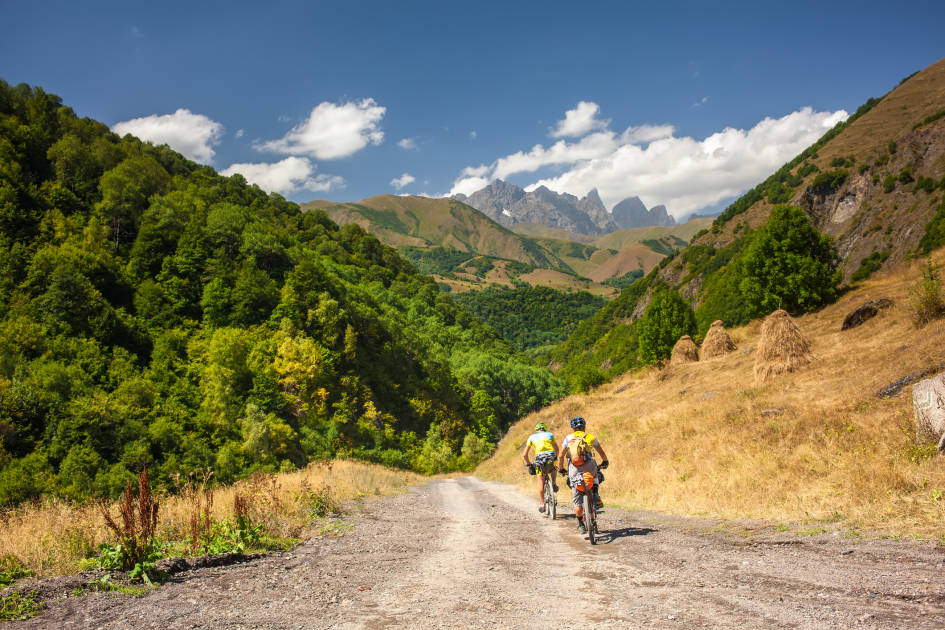
That being said, if better privacy and a sturdy weather-proof shelter for the night is your priority, a tent is your best bet. I love the Rab Latok Summit tent as it packs small and is lightweight. Big Agnes make bikepacking specific tents, which are ideal for all-weather use and very packable. There are plenty of other great options too.
I recommend reading reviews and chatting to people who’ve been to places where you want to go on your bike and see what they used. Perhaps even borrow someone’s gear and try it out for a night or two before buying. One thing’s for sure though - you should never find out how any of your gear works, especially camping gear, for the first time on the first night of your trip. Test, test, test!
The Route
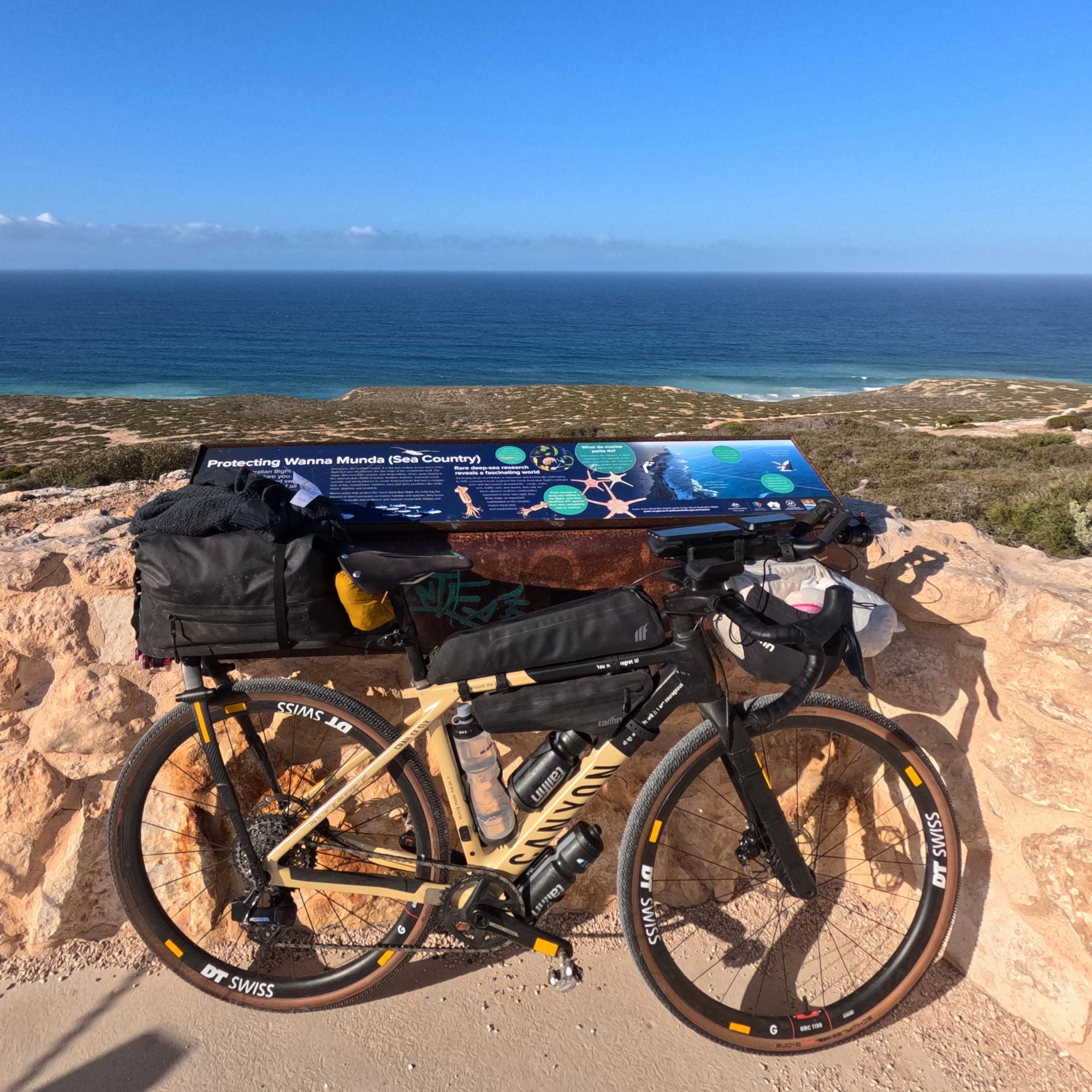
If you're booked on a group trip and you're looking to do some prep, it can be a good idea to try and ride a similar incline or distance at home to what you're going to be riding on that trip. Day two going to push you 20 miles (32km)? Why not ride the distance on a sunny weekend at home to get a feel for it (and have a mini-adventure!)
Assuming that you know your way around the numerous route-planning apps available on the internet, here are 10 other things to consider when you're planning your route. Naturally, most of these apply to a self-guided cycle, rather than one where you'll be part of a group or following a guide on the road:
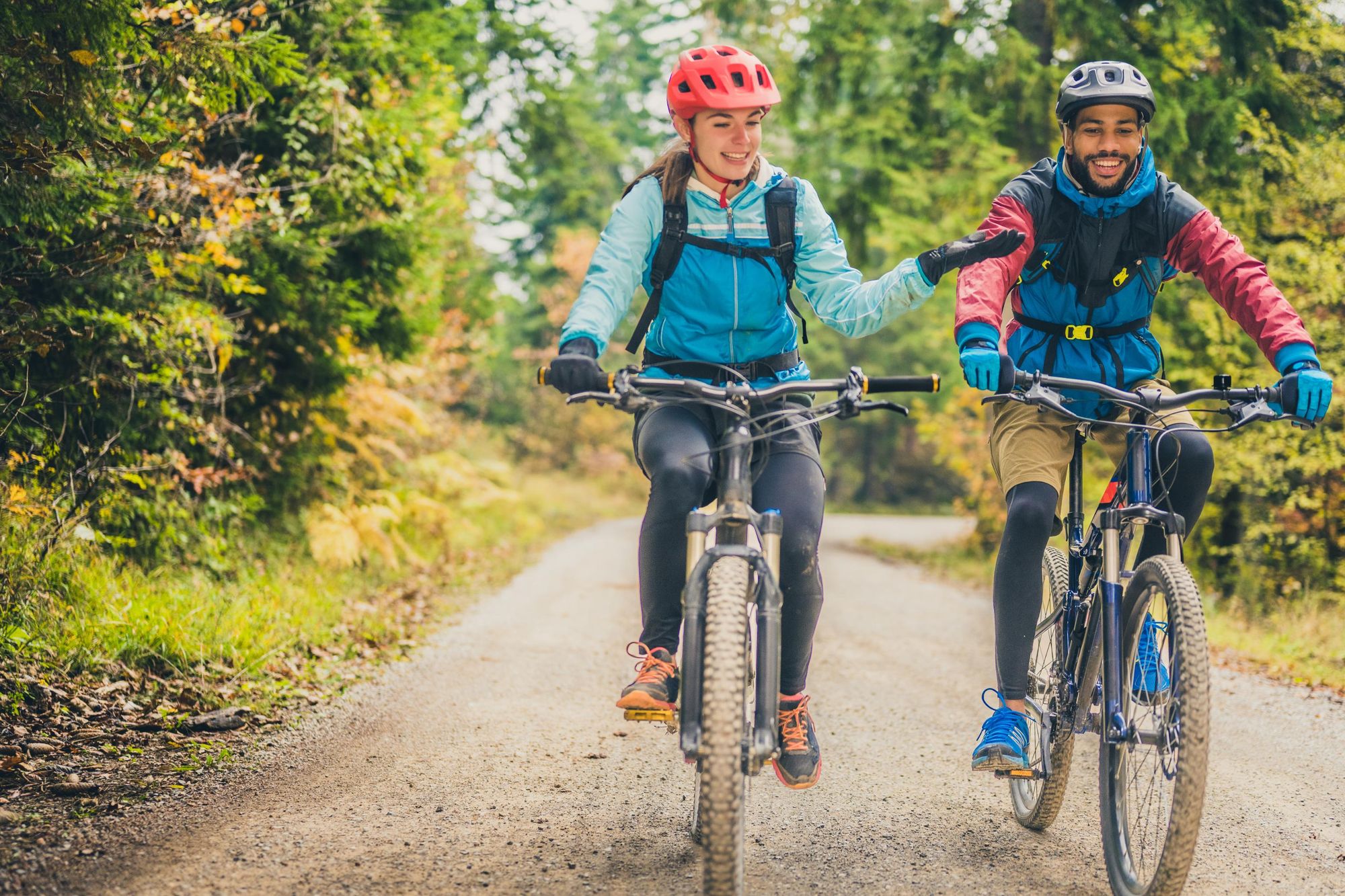
1. The route you plan before you’ve left is merely a guideline. On-the-go, if you hear about something new and exciting that’s possible with a short detour, then you should absolutely go for it. The idea is to have an amazing adventure out there, not to follow a certain route exactly as the website or app says.
2. If you've got any border crossings along the way that require visa checks, it’s worth cross-checking if they’ve got any specific opening hours. It's not the end of the world if you find yourself at a border crossing before or after opening hours, but it’s always worth aiming for efficiency when it comes to these things.
The route you plan before you’ve left is merely a guideline.
3. Consider letting your home country’s embassy know if your visit if you’re planning your first multi-day cycling adventure in a country that you’ve never been to before. For example, when I was meant to ride across Mongolia and Peru as a part of my round-the-world cycle, I had communicated this with the Indian embassy in those countries so that they could send me the latest travel advice as well as know my route and plans in the country, in case of an emergency.
4. When trying to time how long things might take on your ride, factor in the climbs and pit-stops. Always think of the slowest possible time you could take on that day’s route rather than the optimistic time.
5. Think about the dead-signal spots on your route. Download your route offline. Have paper maps and a compass. Download the local language on your translation app, just in case. Have a mental plan for how you’ll handle any navigation errors or emergency situation if all your electronics were to die.
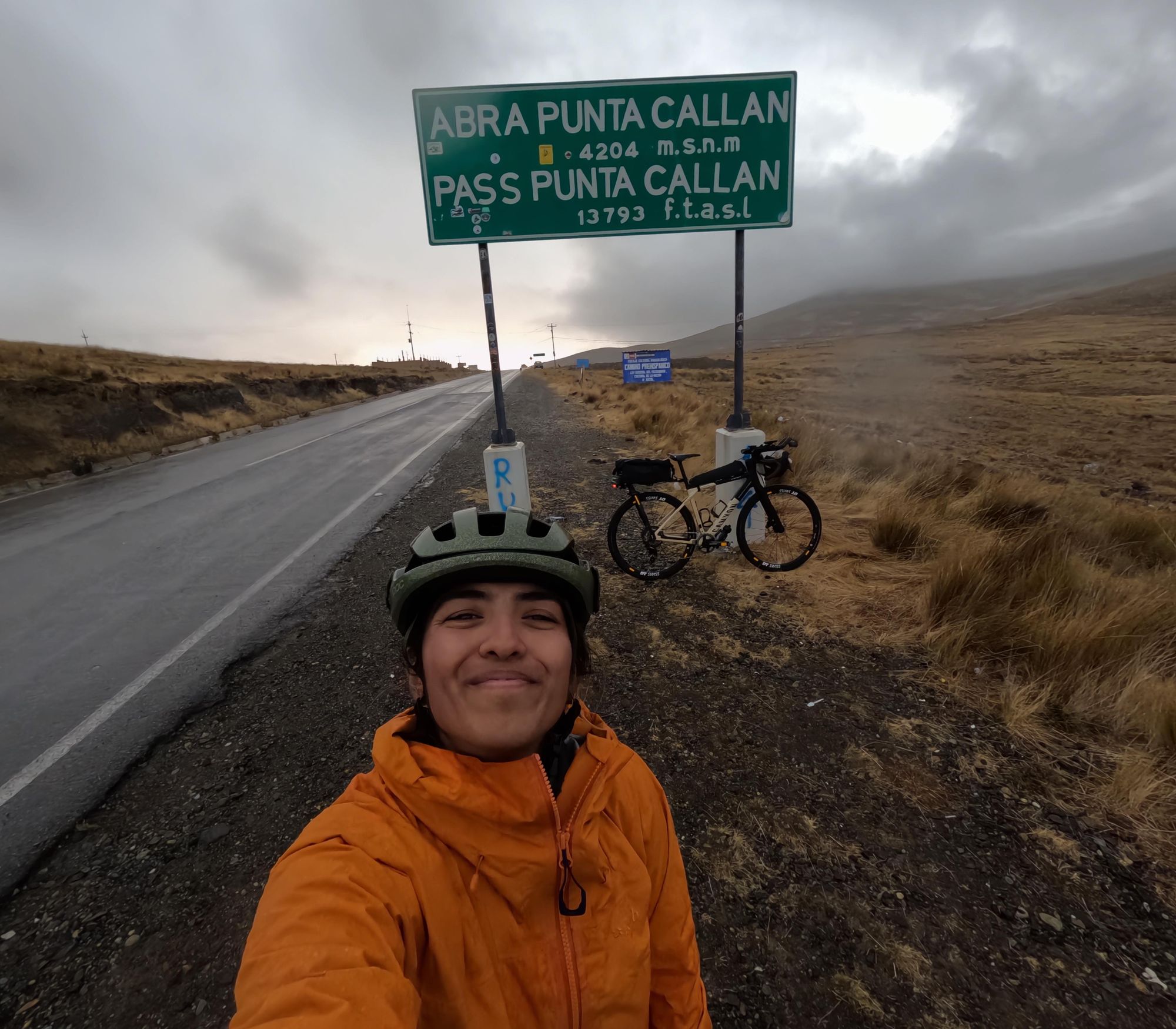
6. Don’t be scared to plan something harder than what you think you’re capable of. You probably are underestimating yourself anyway. But even so, remember that you have gear with you that’d allow you to be comfortable for multiple days, which means that you can just take more days to do that route.
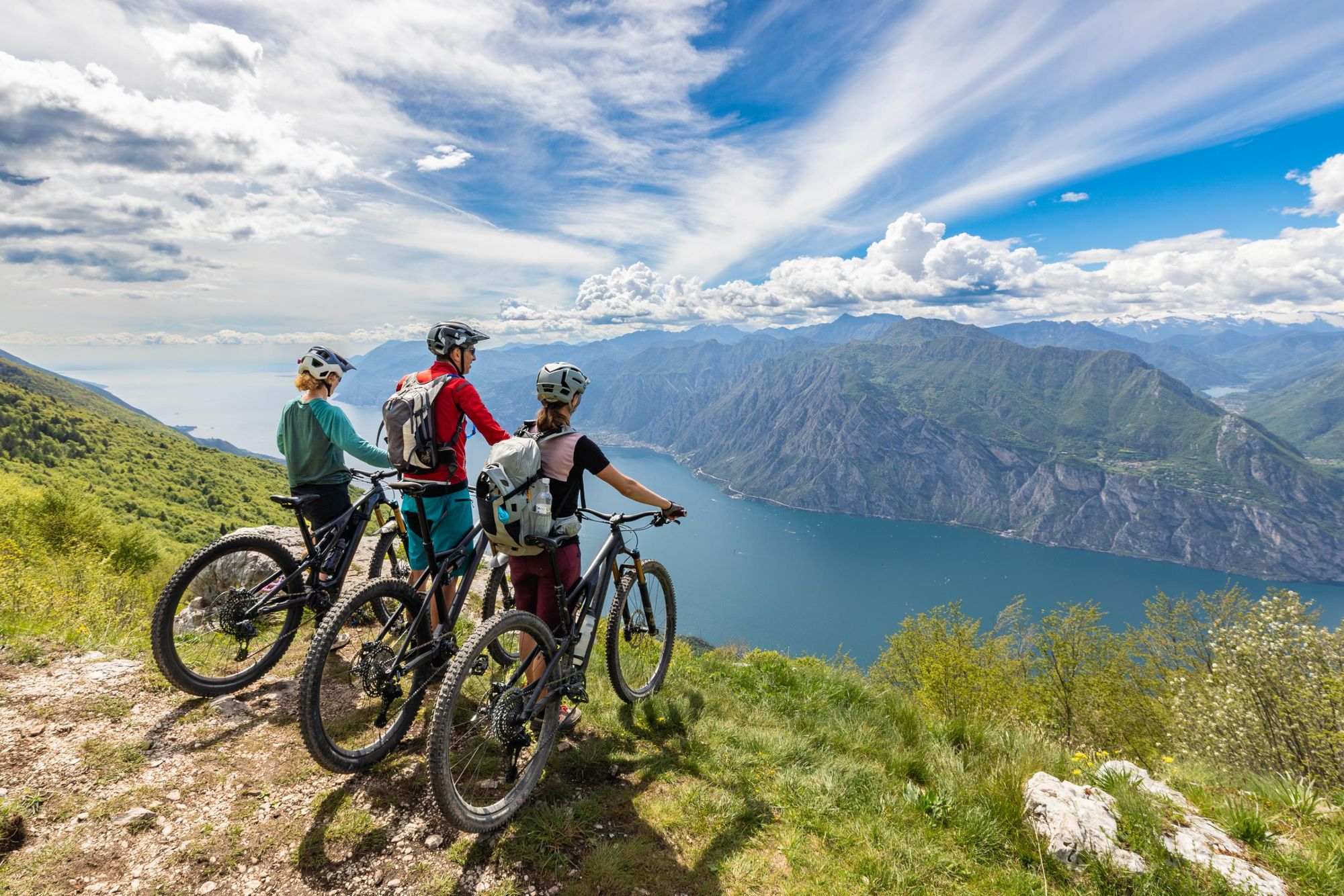
7. Talk to people and get the local advice, but also use your judgement and trust your instincts. You know what you’ve trained for. You know what you’re carrying with you. You know your skill level. You know your previous experiences and the lessons you’ve learned from them. If you hear something extremely outrageous that you’re 50/50 about, consider all of those factors when making a decision.
Don’t be scared to plan something harder than what you think you’re capable of. You probably are underestimating yourself anyway.
8. If your first multi-day cycling trip is taking you to one of the countries where you might find food that you don’t recognise, cannot pronounce or simply aren’t sure about, take dehydrated food packets and some of your own snacks with you. Do your research on this. Remember that even if the meat served in the food is something you’ve eaten before, it may not be cooked in the same way and your body might react to it differently. Talk to people who’ve been to that region before and what they did about this situation.
9. Don’t rely on just one route-planning or navigation system. Try several and see which ones work most seamlessly for you.
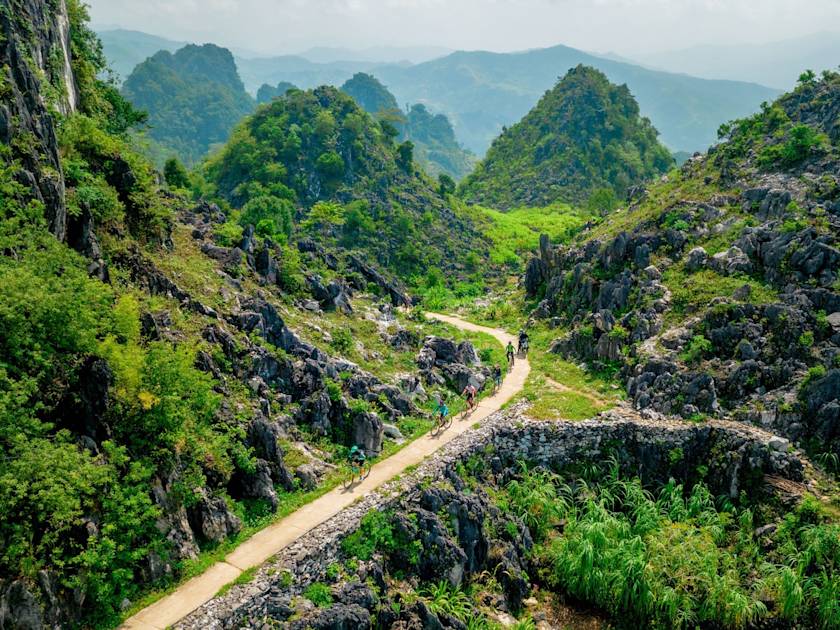
10. If you’re in a country where you don’t speak the language or understand what’s written, figure out which big cities and towns you’re passing through and note down in your diary (or use a photo as reference) how they’re written in the local language. If you find yourself in a dead-signal area with milestones or road signs, you’ll be able to tell what’s coming up. Alternatively, if you see someone who might be able to help but doesn’t speak English, you can just point at the piece of paper with the name of the town you are heading towards in the local language and they can help you out a little better.
The Mindset
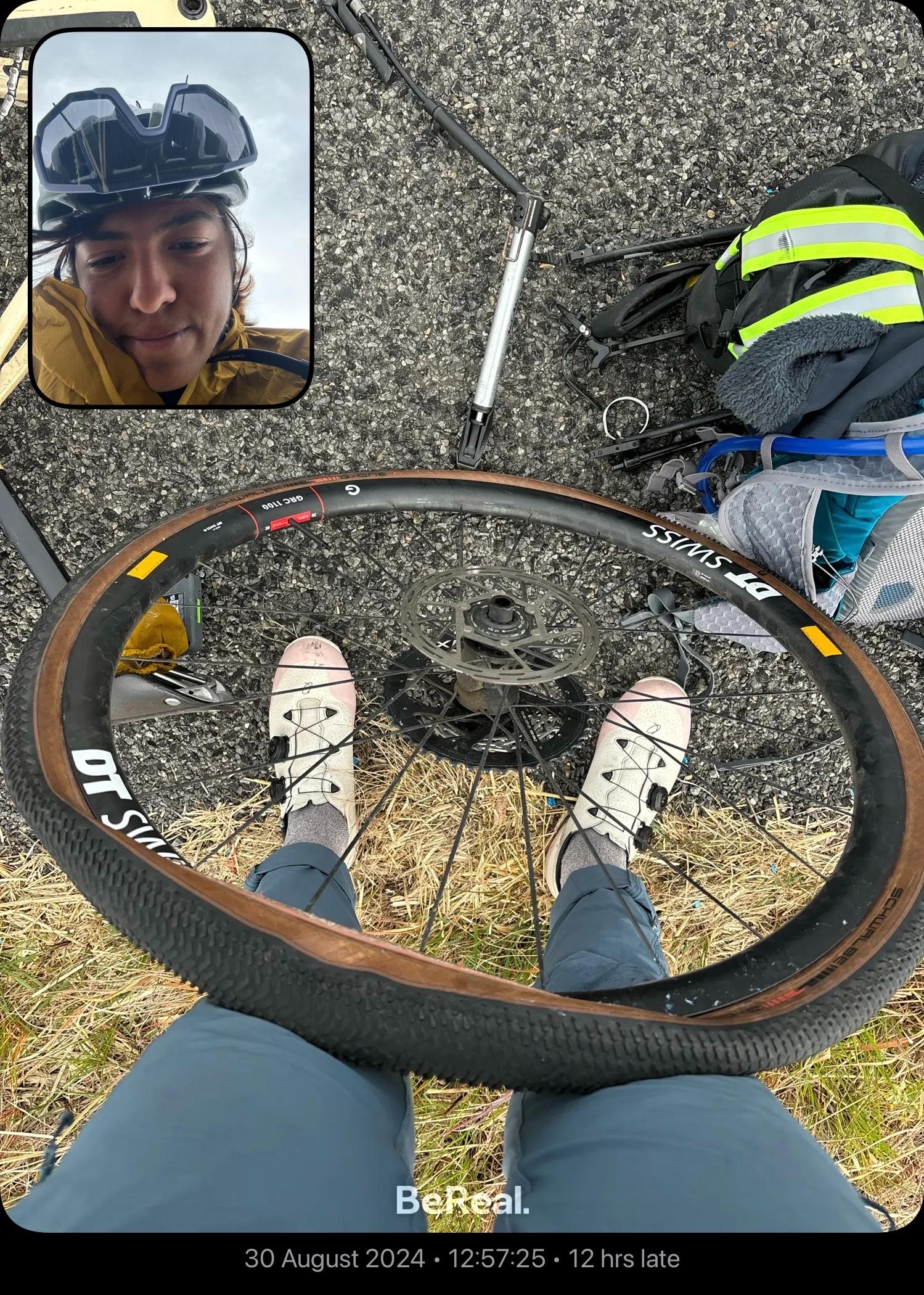
Let’s face it. While your first multi-day cycling adventure is going to be amazing, it certainly won’t be easy. You will face challenges that you hadn’t even considered when preparing for the trip. In the most gnarly moments of your adventure, your sense of humour will carry you further than your legs can.
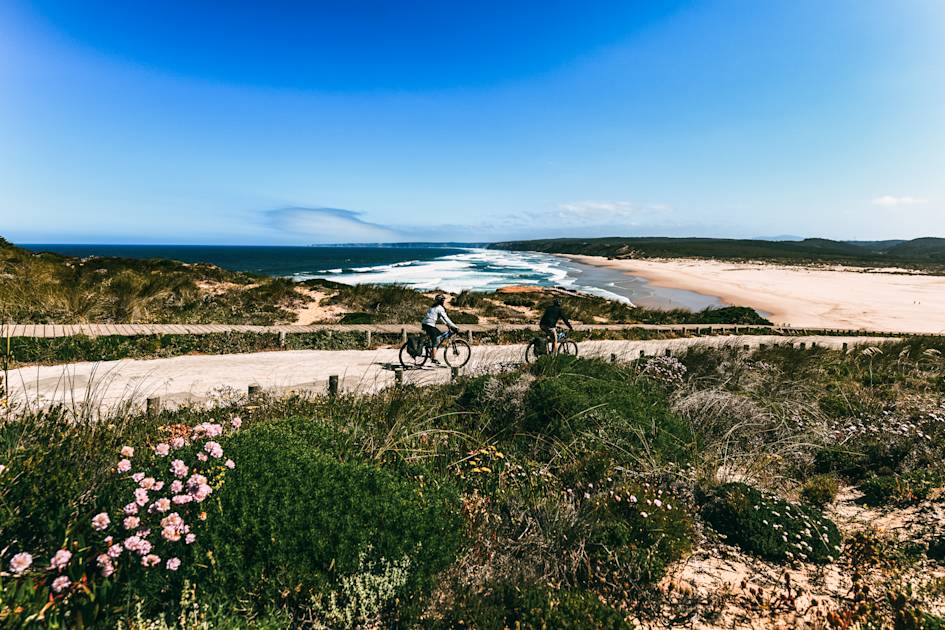
The biggest thing I have learned from multi-day cycling adventures is that nothing, ever, is the end of the world. Every mechanical issue has a bodge. Every problem has a solution. It all comes down to how you talk yourself through the challenging situations.
Picture this. You are on a 12.5 mile (20km) climb and things are getting dicey. You can’t average more than 5km per hour. Or you are stuck in a relentless headwind and cannot seem to go any faster without spending significantly more energy. Or that the weather isn’t playing ball. There is constant rain and everything is drenched. Or even worse, all of that is happening at once. Miserable, right?
In the most gnarly moments of your adventure, your sense of humour will carry you further than your legs can.
Calculate how long it’d take to reach your destination in the worst possible situation. I mean, your slowest estimate. Let’s say, you think it will take four more hours to reach the top of the climb and then two hours from there to where you plan to stay for the night. Tell yourself over and over again that you can handle absolutely anything for four hours. Then, you’ll be 2/3rd of your way through and there’s no way that you cannot manage the final 1/3rd. Break your challenge down into shorter segments and keep telling yourself that it’ll only be miserable for a relatively short amount of time. Then, you’ll get warm, have some food, make yourself a hot drink, get into dry clothes and feel better again.
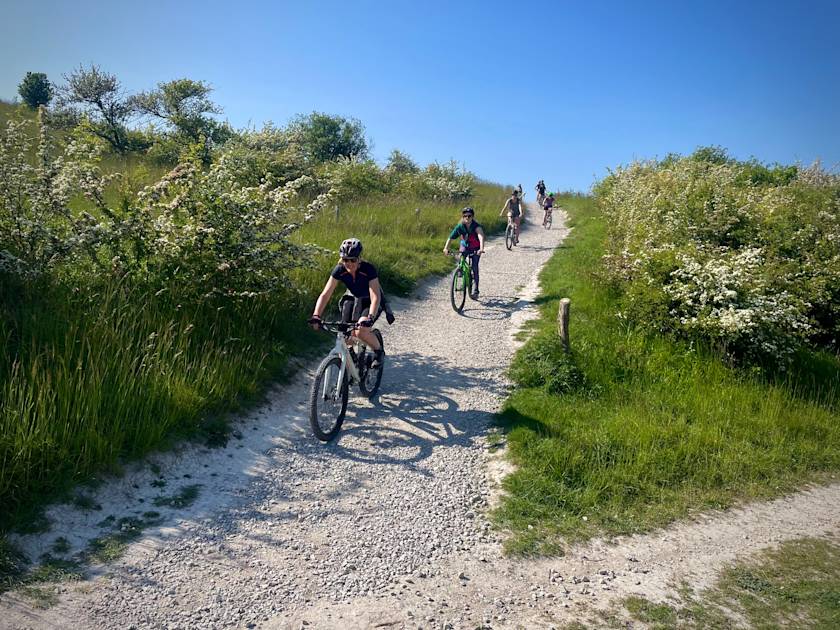
Really paint yourself that picture of the happy section to get through the miserable bits. The fact is that even if you were an hour or two late in reaching your destination and being comfortable and happy again, at least, you got through it.
Multi-day cycling adventures will teach you to be flexible with your plans. Any adventure will. You will learn to trust yourself better. In the finite amount of time that you’re choosing to be out there, you are bound to have the most beautiful time riding your bike. When you don’t, just make a note of what exactly you didn’t like and remind yourself that there is a finish line to this adventure. Then, you can go have a pint with your friends and laugh about it later!
Inspired? Check our our full range of cycling adventure holidays now!


